When children apply paint to paper, glue things together, or pound a lump of clay, they experiment with colour, shape design and texture.
Children express their individual ideas and feelings with art materials such as paint, clay, markers, crayons, paste and collage materials. As they view their own creation and those of their friends, they learn to value and appreciate differences. For young children, the process of creating is what is most important, not what they actually create.
Benefits Of Art and Craft
Engaging in Art n Craft experiences benefits all aspects of children's development. Children, who cannot express what they feel and think and how they view their world in worlds, may be able to do so more readily through art. Listed below are some suggested learning objectives that support a child's overall development.
- Enables children to assert individuality (drawing a pumpkin that is different in colour and design).
- Assists children to express feelings (selecting bright colours for a painting to match a playful mood).
- Develops an understanding of cause and effect (observing what happens when blue paint is added to yellow).
- Creates the ability to label shapes and objects (painting a yellow circle and calling it a sun).
- Helps develop planning skills (determining which colour finger paint to assemble before starting work).
- Provides opportunities for children to learn directionality (painting a circle with one continuous brush stroke).
- Continues to develop fine motor skills.
The purpose of art experiences is to allow children to explore on their own, using materials in their own ways. This enables the children to learn that their own abilities are valued and children will begin to freely participate in the creation of art. Art is a great tool to use to promote children's learning.
Linking To The EYLF
- 1.3 – Children develop knowledgeable and confident self – identities.
- 2.2 – Children respond to diversity with respect.
- 3.1 – Children become strong in their social and emotional wellbeing.
- 4.1 – Children develop dispositions for learning such as curiosity, co‐operation, confidence, creativity, commitment, enthusiasm, persistence, imagination and reflexivity.
- 5.4 – Children begin to understand how symbols and pattern systems work.
To download the poster for free: Benefits Of Art and Craft


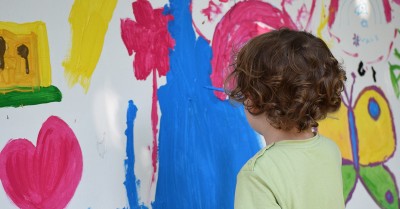
 Open ended questions cannot be responded to with one word answers such as yes or no. These types of questions enables a child to provide
Open ended questions cannot be responded to with one word answers such as yes or no. These types of questions enables a child to provide During your child’s preschool years, an important milestone begins to emerge. This is the development of pre-writing skills. Pre-writing skills are used to encourage, develop
During your child’s preschool years, an important milestone begins to emerge. This is the development of pre-writing skills. Pre-writing skills are used to encourage, develop Open ended materials enables children to play freely. They are objects that have no rules to follow, use or function. Raw materials that can be
Open ended materials enables children to play freely. They are objects that have no rules to follow, use or function. Raw materials that can be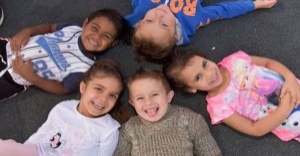 An Acknowledgment of the Country is a way of showing respect for the Traditional Owners and can be given by both non-Indigenous people and Aboriginal
An Acknowledgment of the Country is a way of showing respect for the Traditional Owners and can be given by both non-Indigenous people and Aboriginal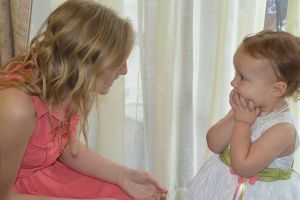 Language plays an important role in a child’s development. It enables a child to communicate effectively with their family, learn at school, socialize with friends,
Language plays an important role in a child’s development. It enables a child to communicate effectively with their family, learn at school, socialize with friends,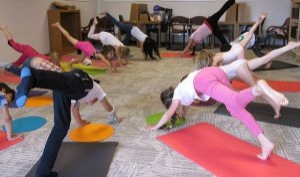 Like adults, children have to deal with their own stress in life. Moving house, starting a new school, preparing for a new sibling - these are
Like adults, children have to deal with their own stress in life. Moving house, starting a new school, preparing for a new sibling - these are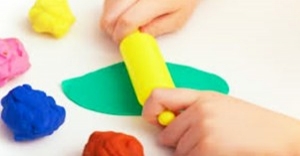 Playdough is such a versatile material. It provides numerous benefits to children as they manipulate it, it is safe and soothing and provides children with
Playdough is such a versatile material. It provides numerous benefits to children as they manipulate it, it is safe and soothing and provides children with Teaching children about sustainability enables them to appreciate and respect the natural environment. Early childhood services can provide meaningful hand on learning experiences in order
Teaching children about sustainability enables them to appreciate and respect the natural environment. Early childhood services can provide meaningful hand on learning experiences in order Recycling is an important concept that teaches children to care for the environment. It encourages children to be responsible and show a growing appreciating for
Recycling is an important concept that teaches children to care for the environment. It encourages children to be responsible and show a growing appreciating for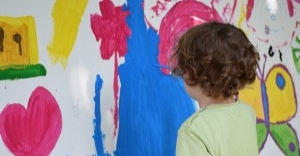 When children apply paint to paper, glue things together, or pound a lump of clay, they experiment with colour, shape design and texture.
When children apply paint to paper, glue things together, or pound a lump of clay, they experiment with colour, shape design and texture.



